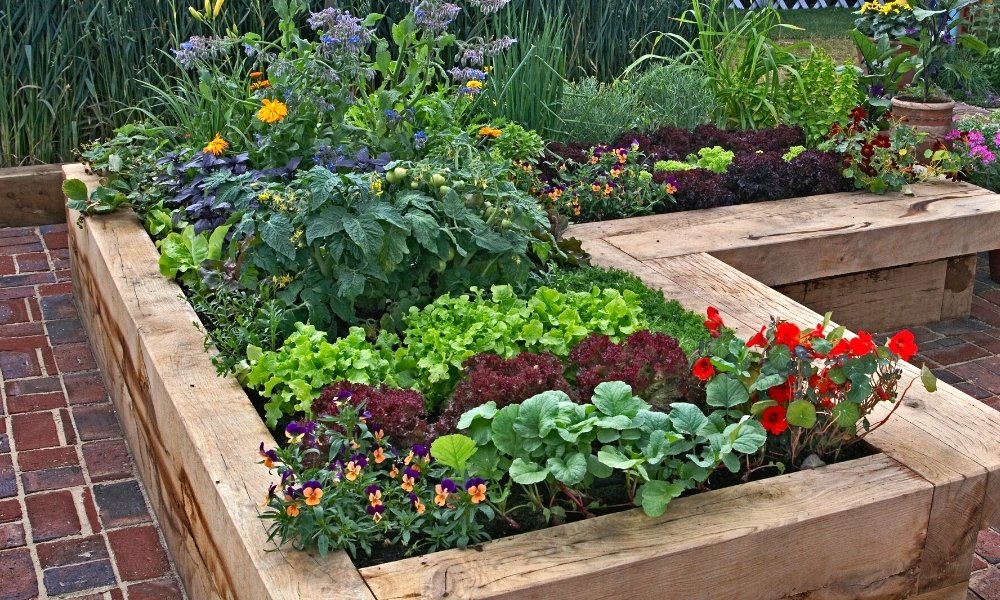Gardening is a fulfilling activity that not only provides fresh vegetables and fruits but also has numerous health benefits. However, the quality of soil and drainage can affect the growth and health of your plants. Raised garden beds have become increasingly popular in recent years due to their numerous advantages over traditional gardening methods. In this article, we will discuss the advantages of using raised garden beds for improved soil quality and drainage.
Advantages of Raised Garden Beds
- Better Drainage: One of the main advantages of using raised garden beds is better drainage. When you plant directly in the ground, water can collect and become stagnant, which can lead to root rot. Raised garden beds allow for better drainage, which is especially important in areas with heavy rainfall.
- Improved Soil Quality: Another advantage of using raised garden beds is improved soil quality. With raised garden beds, you can control the soil content and add compost and other organic matter to improve the soil’s fertility. This can lead to healthier plants and higher yields.
- Less Weeding: Weeding can be a time-consuming and back-breaking task. With raised garden beds, you can easily control the weeds by adding a layer of weed barrier fabric or by using a hoe or cultivator to remove them.
- Better Pest Control: Raised garden beds can also help with pest control. By elevating your plants, you can prevent certain pests from reaching them. You can also add a layer of chicken wire or mesh to prevent animals from getting into your garden.
- Accessibility: Raised garden beds are also more accessible than traditional gardens, especially for people with mobility issues. The raised bed can be built to a height that is comfortable for you to work in without having to bend over or kneel on the ground.
How to Build Raised Garden Beds

Building raised garden beds is a simple and straightforward process. Here are the steps to follow:
- Choose a Location: Choose a location that receives at least six hours of sunlight per day and has good drainage.
- Mark the Dimensions: Mark the dimensions of your raised garden bed using stakes and string.
- Build the Frame: Use untreated wood or composite decking boards to build the frame of your raised garden bed. The most common size is 4 feet by 8 feet, and the height can range from 6 inches to 36 inches.
- Add Soil: Add a layer of weed barrier fabric at the bottom of the bed, and then fill the bed with a mixture of topsoil and compost.
- Plant: Once your raised garden bed is built, you can start planting your favorite vegetables, fruits, and herbs.
Raised garden beds are a great way to improve the quality of your soil and drainage while making gardening easier and more accessible. With the advantages of better drainage, improved soil quality, less weeding, better pest control, and accessibility, raised garden beds are a smart choice for any gardener. Building raised garden beds is simple and can be done with just a few materials. Start your own raised garden bed today and enjoy the benefits of fresh, healthy produce!

